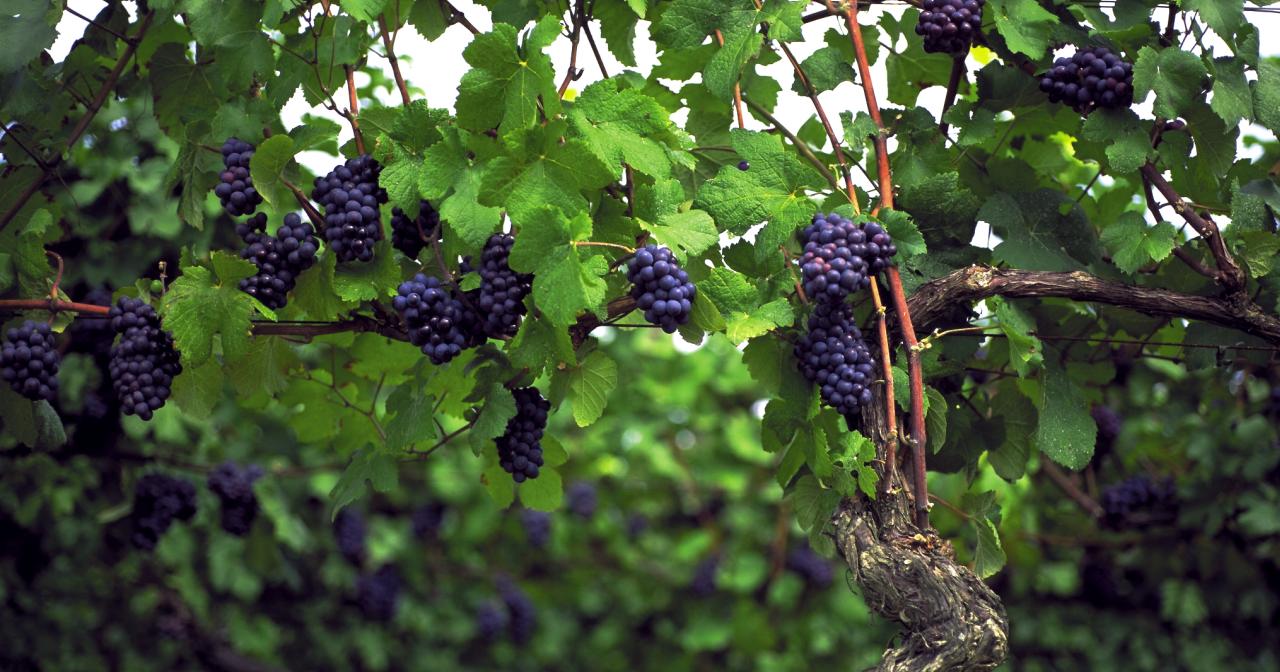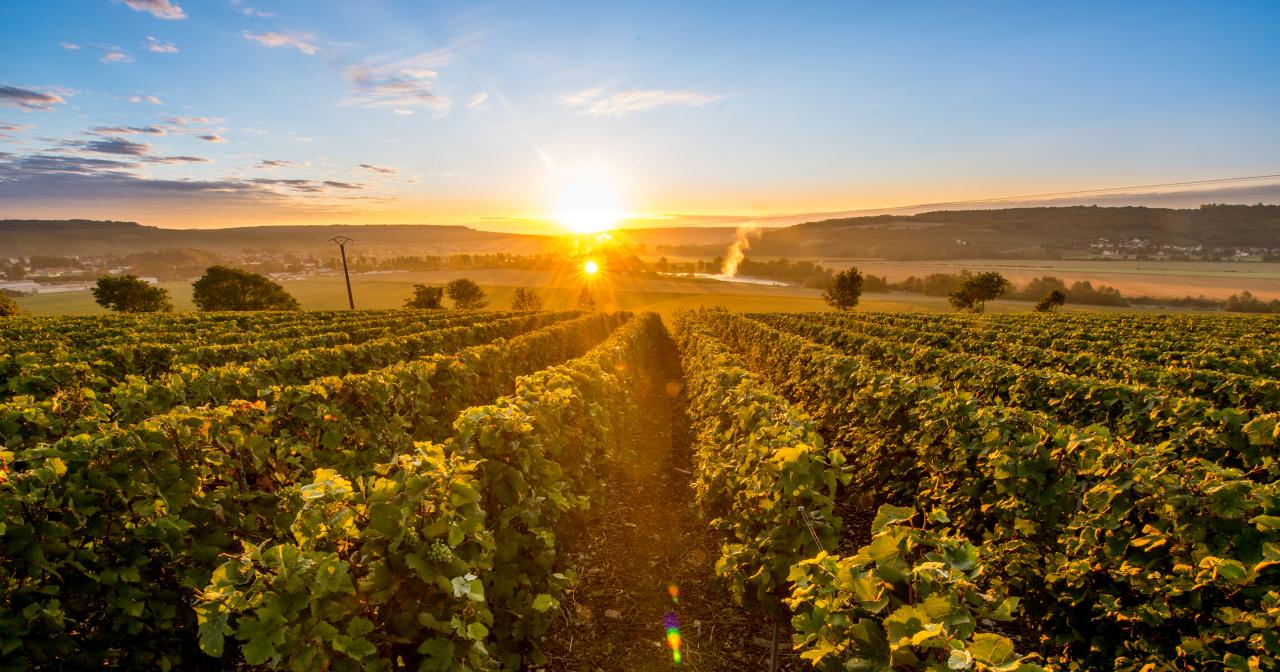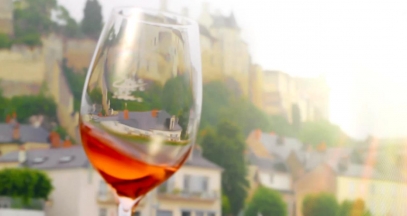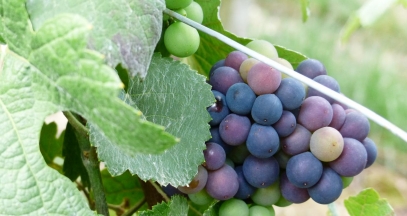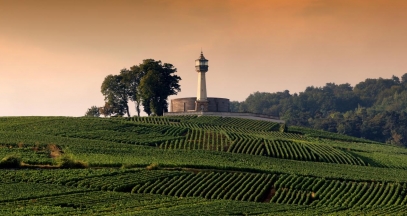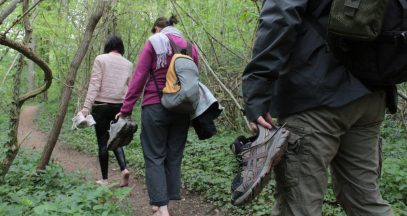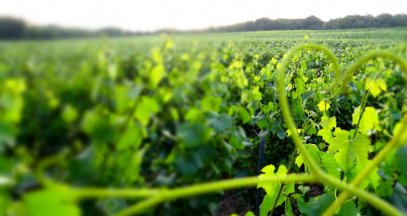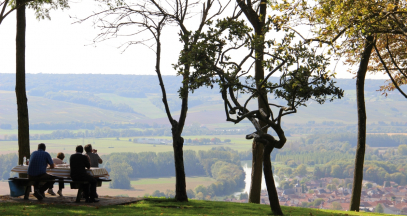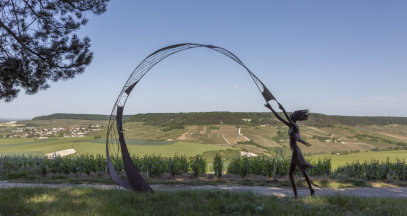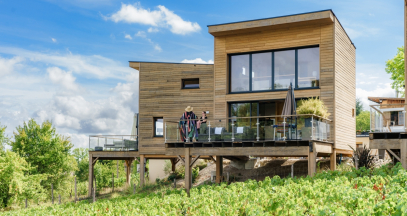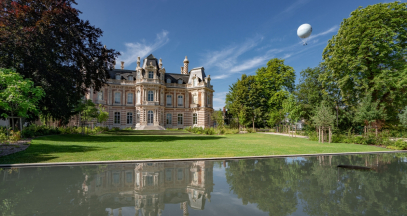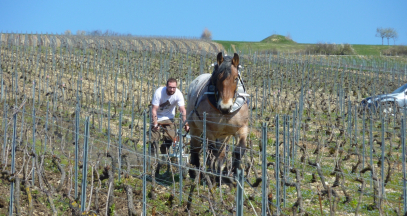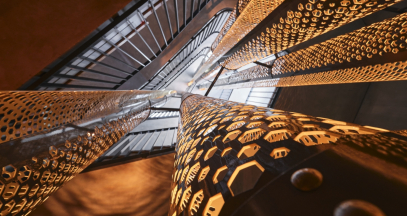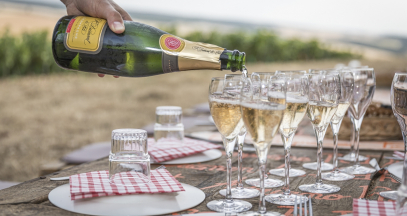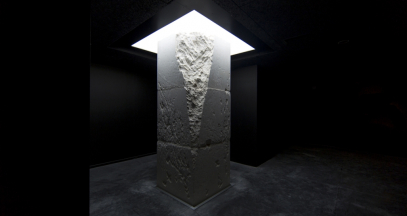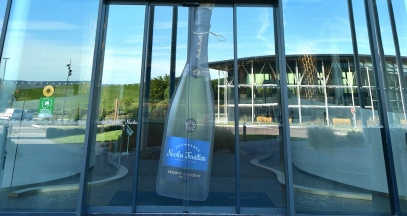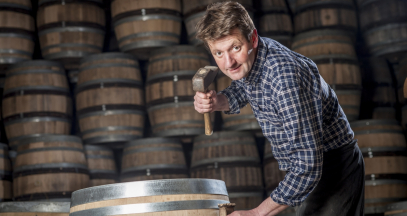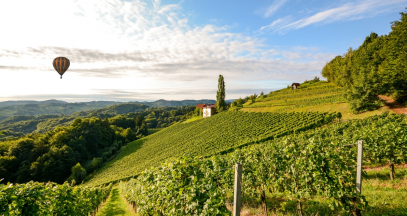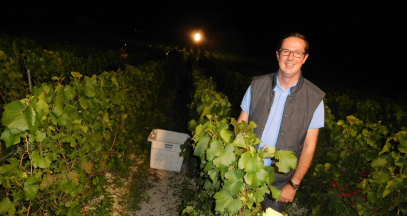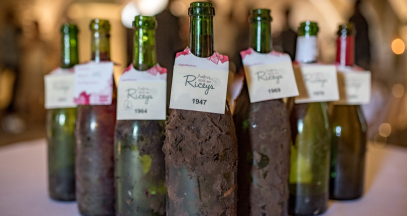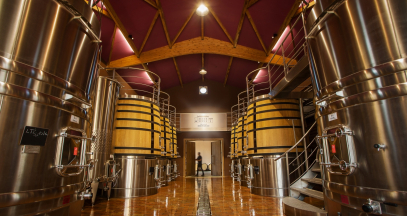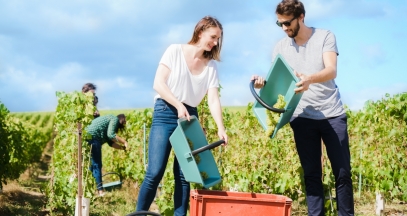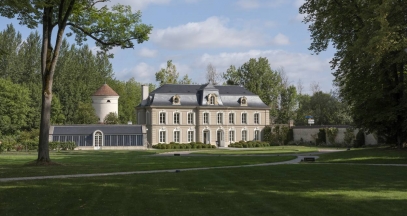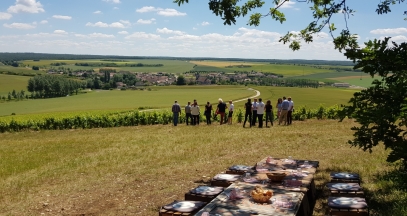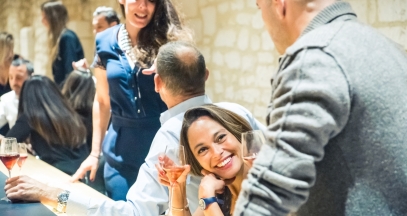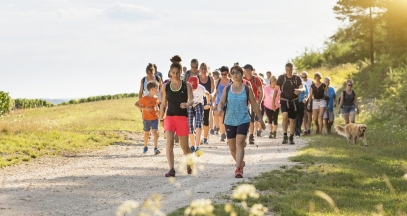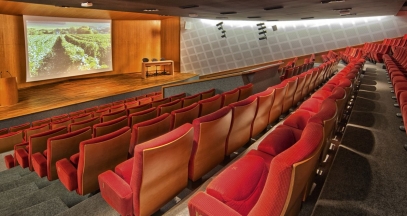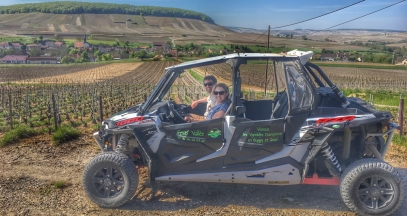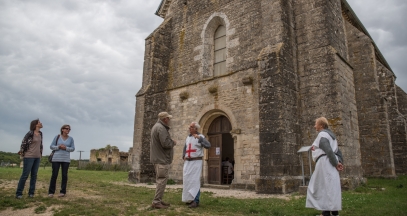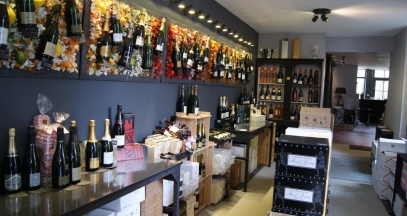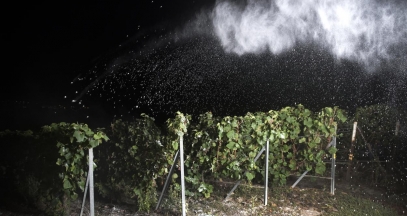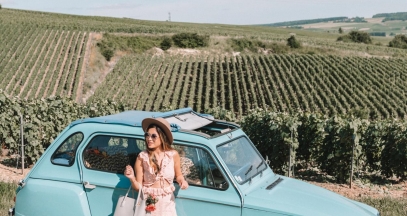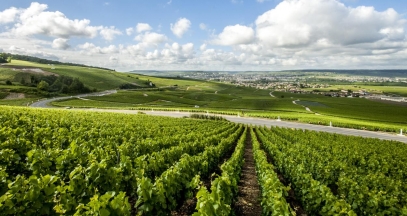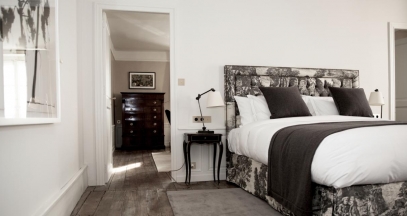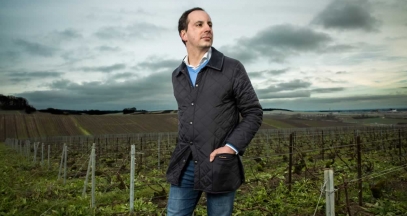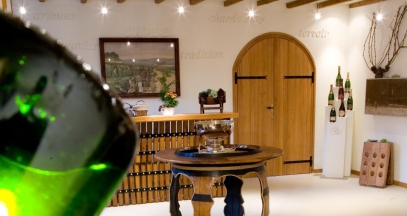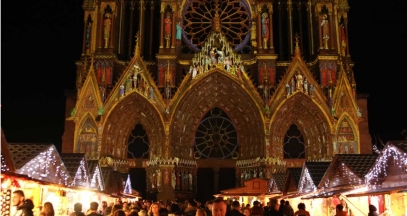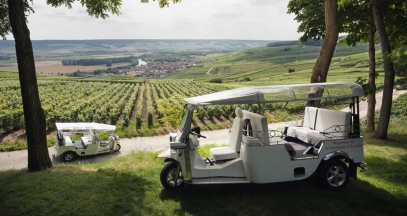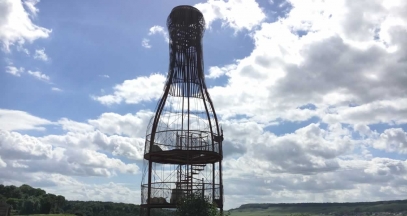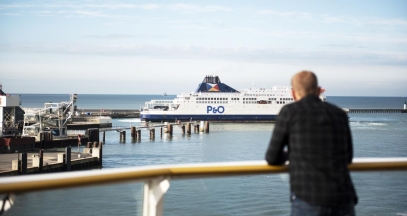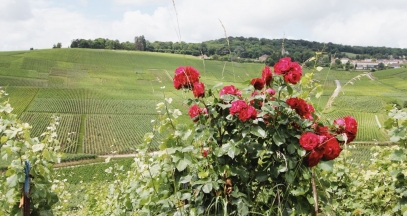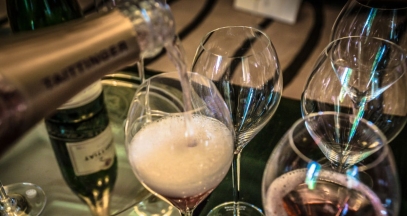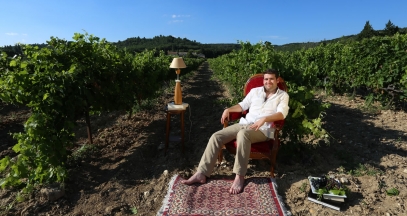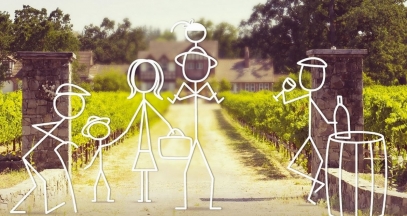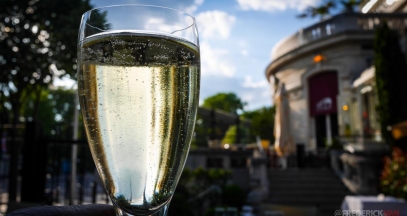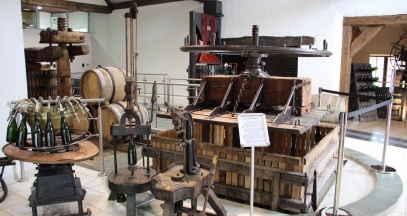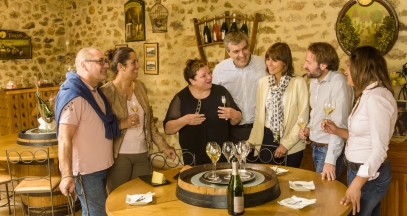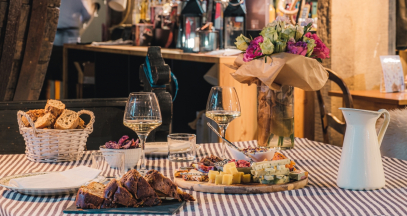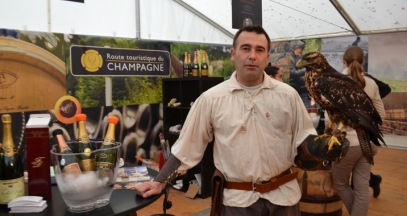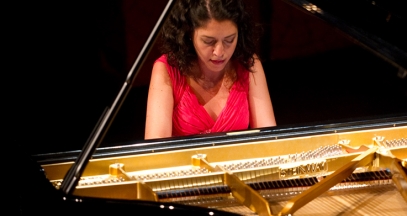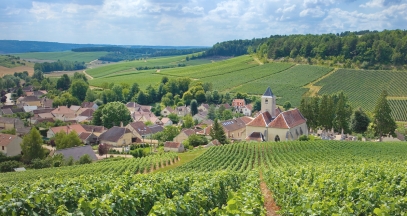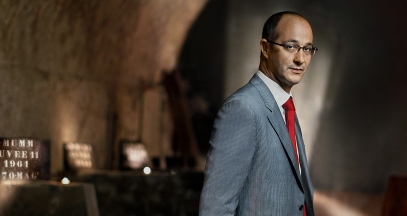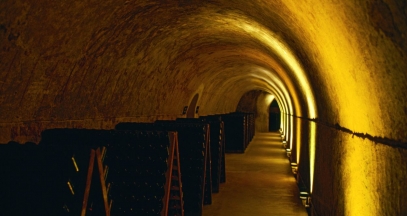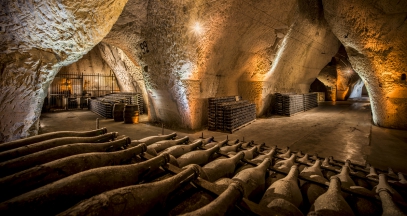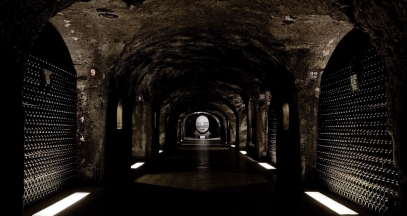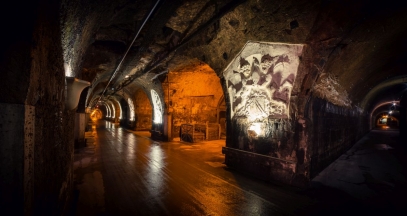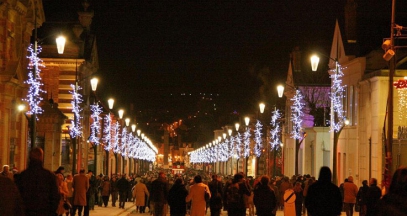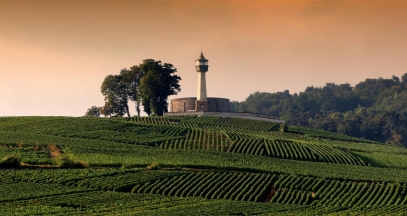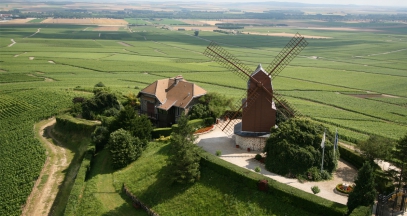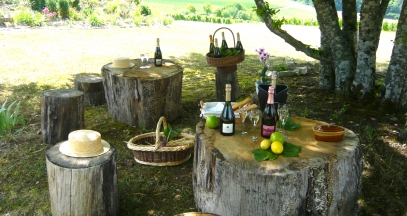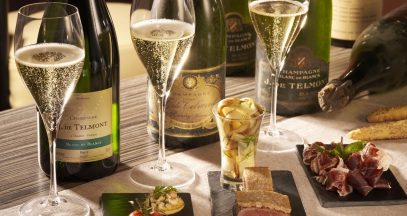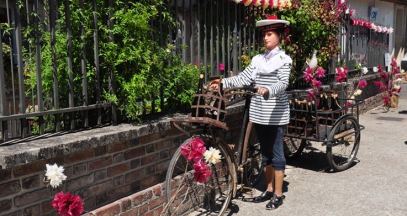Crack goes the top of the bottle and out pours a bubbly froth from the year I first learned to drive.
A sharp double bladed knife is used to traditionally slice open the top of the 1986 vintage champagne. The tempered tan flavors have aged beautifully and Daniella pours the nostalgic year for all to enjoy. She waxes poetically about it’s character, origin and history.
The Epicenter of Champagne
I’m at the home of young married couple Pierre and Canadian-born Daniella Fresne Ducret. Pierre is the seventh generation to govern over the family’s 14-acre champagne dynasty. At age 30 and 35 respectively, Daniella and Pierre are only as old as the vintage we’re drinking.
Many would argue that they’re too young to manage the huge responsibilities of owning and running a vineyard but in France, it’s the norm. The energy and dedication they bring is paramount for controling the level of sophicated operations required to make a bottle of bubbly.
Pierre was born into the business and understands the fickle dynamics of the champagne industry. The little hillside town, Villedommange, only 5 miles from the historical city of Reims, is almost entirely made up of grape growers. It’s in their blood.
The picturesque Premier Cru region is special not only for the chalky soil (terroir) and temperate climate but the sparkling intensity that winemakers perfect through painstaking means.
The couple strives to not only meet the standards, but to exceed them. For example, champagne requires aging for 15 months before it can be sold; all 6 varities of Fresne Ducret are aged a minimum of 24 months before they hit store shelves.
Pierre gives us a tour of his wine cellar tunnels stocked with Pinot Noir, Chardonnay and Pinot Meunier. While the first two varieties are international grapes, Pinot Meunier is grown exclusively in the Champagne region and adds a wonderful fruity flavor to the mix.
The tunnel entrance is at the back of a nondescript garage on a hilly, narrow road. Anybody walking by wouldn’t give this garage much thought but inside is a cave that pre-dates the French Revolution where decades of labor have produced several award-winning vintages.
Hope Springs Eternal in Wine and Marriage
Following the tour, Daniella, a master cook, serves up specialities she’s been preparing all morning.
Hers is a Cinderella story of romance and good fortune. In 2002, she moved from Toronto to France to pursue her love of travel and teach English to students in Reims.
That same year she met her husband Pierre in the wine cellars of Domaine Lucien Jacob. Lucien Jacob makes fabulous burgundys but is well known for his legendary cassis and framboise.
Appropriately enough, the two were tasting a harmonious blend of diverse grapes when their own relationship ripened.
No one, especially her, could have predicted that she’d move to France, marry in 2006, start a family in 2007 and invent a cooking class inside an old farmhouse in 2009.
Try our Gold Metal winner, the Brut Réserve. It helps bring out the flavors of the asparagus and morels in the poached quail eggs encourages Daniella.
Quail eggs? Now, there’s an appetizer I’m rarely offered. I do as I’m told and it melts in my mouth. I hold back from lunging for more.
Daniella has more creativeness up her sleeve. Along with the crispy cod croquettes with lemon ginger mayonnaise, she spoils us with a tray of Frico cannoli with garlic and herb goat cheese mousse and duck rillete toasts with roasted beets.
With each appetizer she pairs a different champagne cocktail. Each cut through the creamy consistency and cleanses the palate so I can experience a mouthful of more flavors.
The aroma of the unique herbs and the texture of the whipped cremes – it all culminates into the reason why so many enroll in Daniella’s 5-hour cooking class.
Cuvées with Distinction
Last year, Pierre decided to invest in new machinery and sparkling new stainless steel vats. Newer technologies help the champagne process dejuice, ferment and age. But, unlike most, he’s still committed to shaking the bottles (remuage) and removing the dead yeast cells (dégorgement ) by hand.
Pierre is a great sport and does what few vintners would do when prompted – he crawls through the opening of one of the empty vats to explain the importance of cleaning the walls.
No wonder the average age of a vintner is 35. You have to be thin and agile to pull off this feat. It’s springtime and the independent 25 fields of Fresne Ducret are in full blossom.
The field yeld up to 65,000 bottles per year resulting in about 4000 bottles per acre. That sounds like a lot of drink but, in fact, there are others in town that are five times bigger.
Read the full story on my blog GoNOMAD
All credits go to Max Hartshorne from GoNomad
LEARN MORE
Read the full article on:https://www.gonomad.com


